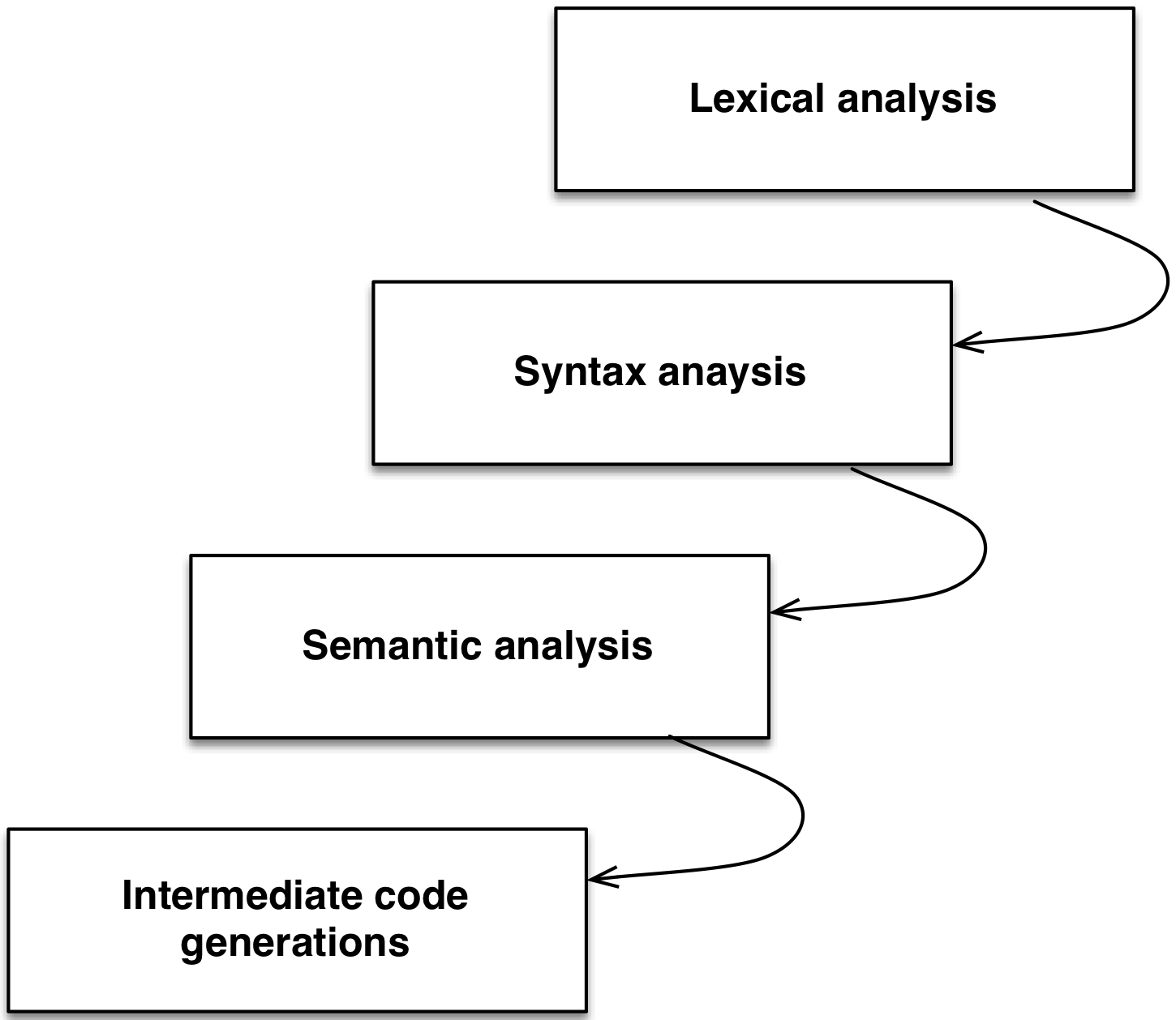Pipes and Filters
Architectural Pattern
Bushmann 96
Context
When processing a data stream, the processing of each step is performed by a filter. Filters are connected by pipes that transfer data.
The different filter combinations generate different data streams processing.
Context
A data stream processing system that is naturally divided into stages.
We want to combine the steps.
The steps that are not adjacent do not share information.
We want the different steps to be performed on different processors.
The data structure used between the steps is normalized.
Solution
Separate the system in Pipes and Filters:
Filters incrementally consume and provide data.
Filters may be parameterized (e.g., Unix filters).
The input is a data source (e.g., a file)
The sequence of filters, from the source down to the output, creates a processing pipeline.
Example

Consequences
Intermediary files are no longer needed.
Filters may be replaced streigwhfordly.
Filter combining create different results (long term utility).
If a standard data stream format is used, filters can be developed independently.
Incremental filters allow parallelism.